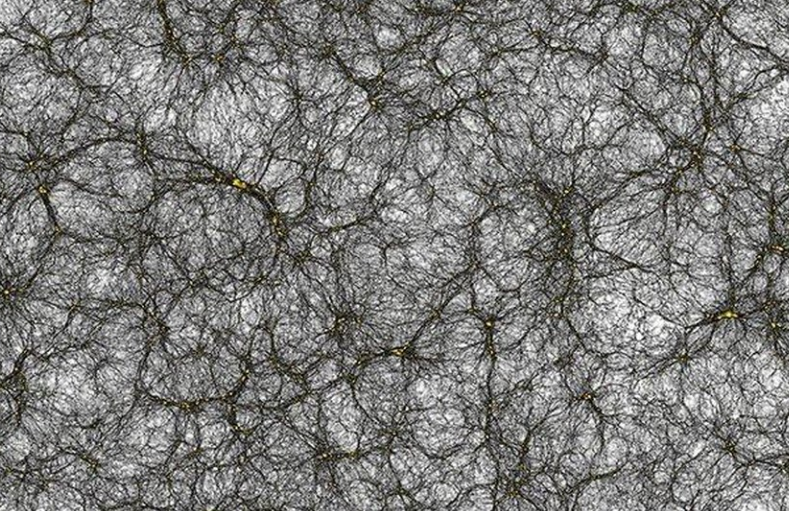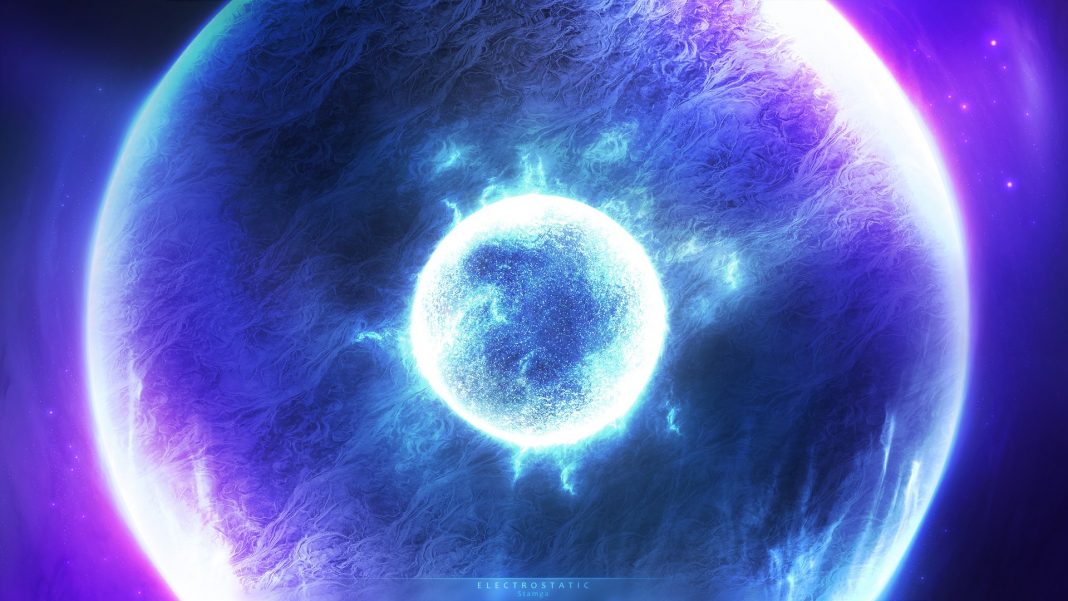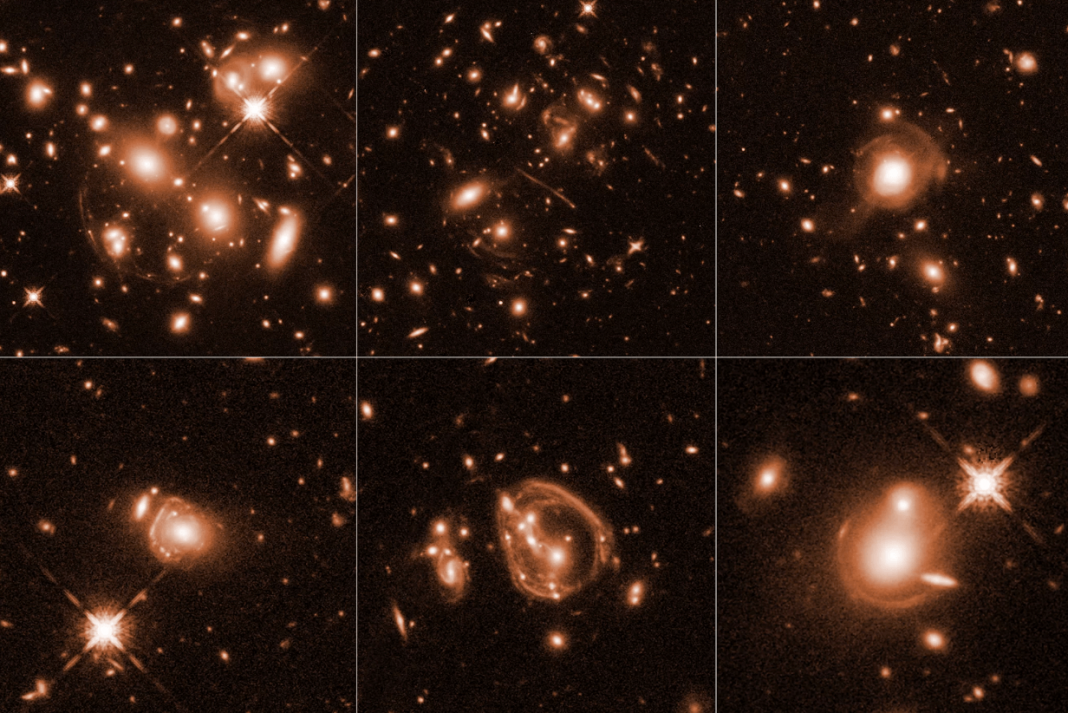A new simulation has been built that’s the biggest of its kind, thanks to astrophysicist from the University of Zurich in Switzerland. This simulation allows scientists to observe just how dark matter interacts with the Universe and was described in more detail in Computational Astrophysics and Cosmology.
The simulation itself models more than 25 billion virtual galaxies and is by far the largest ever simulation we have of the Universe. Moving forward, now that the simulation’s in operation, it will be used as a calibrator to help the Euclid satellite gather data from around the Universe. It will work alongside the satellite in its investigations into both dark matter and dark energy once Euclid is launched in 2020.
Dark matter is a big deal in physics and scientists believe it makes up a whopping 95% of the Universe. The remaining 5% is what scientists call the observable Universe and is basically everything that we can see. Dark matter and dark energy have always been a bit of a mystery for scientists. And even though Euclid won’t be able to physically see the dark, changes in the light can still be detected as it travels through the Universe.
By using the simulation to predict how dark matter and dark energy operate, astrophysicists can use this as a benchmark as to what Euclid should be searching for and measuring once it’s been launched.
More News to Read











